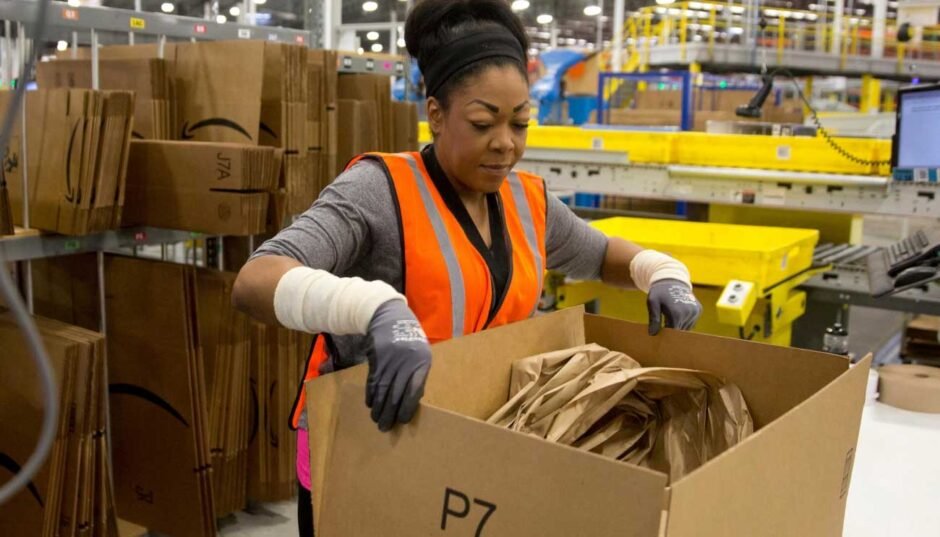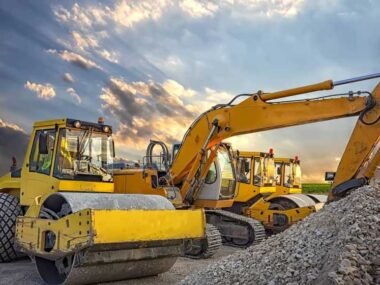Industrial packaging plays a critical role in protecting goods during manufacturing, storage, and transportation. From securing heavy machinery parts to preserving perishable goods, the right packaging solution minimizes damage, maximizes efficiency, and supports smooth operations throughout the supply chain.
Unlike consumer packaging, industrial packaging solutions are designed with durability, functionality, and cost-efficiency in mind. They must be able to handle rough handling, long transit periods, and sometimes harsh environmental conditions. Selecting the appropriate solution requires a deep understanding of your product’s requirements, regulatory needs, and logistical processes.
What Is Industrial Packaging?
Industrial packaging refers to the materials and methods used to contain, protect, and transport large volumes of goods in commercial or industrial settings. It goes beyond simple boxing and includes specialized options like pallets, crates, stretch wrap, custom containers, and moisture-barrier bags.
This type of packaging is widely used in sectors such as:
- Manufacturing
- Automotive
- Electronics
- Pharmaceuticals
- Food processing
- Chemical and hazardous materials
The packaging not only needs to safeguard products but often must comply with strict safety, labeling, and environmental regulations.
Types of Industrial Packaging Solutions
There is no one-size-fits-all approach when it comes to industrial packaging. Here are some of the most common categories:
- Rigid packaging: Includes crates, drums, IBC (intermediate bulk containers), and pallets. These are ideal for heavy or fragile items that require structural protection.
- Flexible packaging: Includes stretch film, shrink wrap, barrier bags, and liners. Best for items that can be compressed or that require moisture and contamination protection.
- Custom packaging: Engineered to fit specific product dimensions or performance requirements, often using foam inserts, molded plastic, or specialized enclosures.
Each type serves different needs depending on the industry and shipping method used.
Key Considerations When Selecting an Industrial Packaging Solution
Choosing the right packaging solution isn’t just about picking strong materials—it’s about matching the packaging to your operational goals. Consider the following:
- Product size and weight: Heavy or irregularly shaped items may require custom pallets, reinforced crates, or additional bracing to ensure safe transport.
- Shipping method: Products shipped by air, sea, or ground may need varying levels of moisture, shock, or vibration protection.
- Storage environment: If products are stored in humid or temperature-sensitive areas, packaging should include barriers or insulation.
- Regulatory compliance: Especially in food, pharma, or hazardous materials, compliance with OSHA, FDA, or international shipping regulations is crucial.
- Sustainability goals: Many companies are shifting toward eco-friendly packaging, using recyclable or reusable materials to reduce waste.
Working with an experienced packaging provider can help you identify the best options based on your unique supply chain and industry needs.
Benefits of Investing in Quality Industrial Packaging
Cutting corners in packaging can result in damaged goods, customer complaints, and costly returns. On the other hand, a well-designed packaging solution delivers long-term value:
- Reduced product damage: Secure packaging protects against shocks, moisture, and contamination.
- Lower shipping costs: Optimized packaging can reduce dimensional weight and improve container utilization.
- Faster handling: Standardized or automated packaging designs make it easier for warehouse teams to load, stack, and ship goods.
- Improved brand perception: Custom-branded or professional packaging reflects your company’s commitment to quality and reliability.
- Operational efficiency: Packaging designed for automation can integrate with conveyors, sorters, and robotic palletizers to speed up workflows.
In today’s competitive landscape, packaging is not just a cost—it’s a strategic asset.
Trends in Industrial Packaging
Modern industrial packaging continues to evolve alongside new technologies and sustainability priorities. Key trends include:
- Smart packaging: Incorporating RFID tags, barcodes, and sensors for real-time tracking and inventory management.
- Automation-ready designs: Packaging that integrates with automated packing, sealing, and labeling machines.
- Eco-conscious materials: A growing demand for biodegradable films, recycled paperboard, and reusable containers.
- Lightweighting: Designing packaging that reduces material use while maintaining durability, helping to lower shipping costs and environmental impact.
Staying ahead of these trends can give your business a competitive edge while reducing overhead.
Wrapping Up the Packaging Process
An effective industrial packaging solution is more than just a protective shell—it’s a system that supports your product’s journey from production to delivery. By choosing the right materials, customizing your approach, and integrating modern technology, your business can improve safety, efficiency, and customer satisfaction.
Whether you’re shipping delicate electronics or bulk industrial components, investing in robust packaging solutions is essential to protecting your bottom line and enhancing your reputation in the marketplace.










